Books Gospel of Marcion | ||
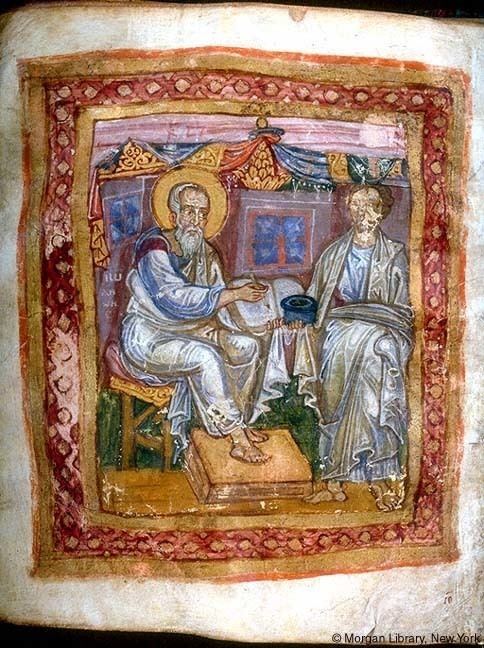 | ||
Similar | ||
Marcion of sinope part1
Marcion of Sinope (/ˈmɑːrʃən, -ʃiən, -siən/; Greek: Μαρκίων Σινώπης; c. 85 – c. 160) was an important leader in early Christianity. His theology rejected the deity described in the Hebrew Scriptures and in distinction affirmed the Father of Christ as the true God. The Church Fathers denounced Marcion, and he chose to separate himself from the proto-orthodox church. He published the earliest extant fixed collection of New Testament books, making him an important figure in the development of the New Testament canon.
Contents
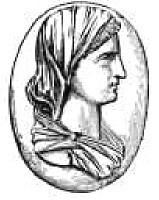
Timeline marcion of sinope
Life
Epiphanius records in his Panarion that Marcion was born the son of a bishop in Pontus. His near-contemporaries Rhodo and Tertullian described him as a "mariner" and a "ship-master," respectively. Marcion made a donation of 200,000 sesterces to the church in Rome. Conflicts with the church of Rome arose and he was eventually excommunicated, his donation being returned to him. After his excommunication, he returned to Asia Minor, where he continued to lead his many church congregations and teach the Christian gospel in its Marcionite version.
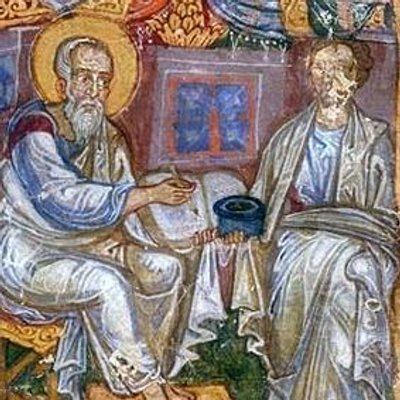
According to anti-Marcionite sources, Marcion's teacher was the Simonian Cerdo. Irenaeus writes that "a certain Cerdo, originating from the Simonians, came to Rome under Hyginus ... and taught that the one who was proclaimed as God by the Law and the Prophets is not the Father of our Lord Jesus Christ" (Against Heresies, 1, 27, 1).
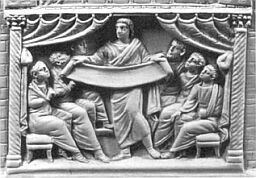
In 394, Epiphanius claimed that after beginnings as an ascetic, Marcion seduced a virgin and was accordingly excommunicated by his father, prompting him to leave his home town. This account has been doubted by many scholars, who consider it "malicious gossip". More recently, Bart D. Ehrman suggests that this "seduction of a virgin" was a metaphor for his corruption of the Christian Church, with the Church portrayed as the undefiled virgin. Similarly doubtful is Tertullian's claim in The Prescription Against Heretics (written ca. 200) that Marcion professed repentance, and agreed to the conditions granted to him—that he should receive reconciliation if he restored to the church those whom he had led astray—but that he was prevented from doing so by his death.
Teachings

Study of the Hebrew scriptures, along with received writings circulating in the nascent Church, led Marcion to conclude that many of the teachings of Jesus were incompatible with the actions of Yahweh, the God of War of the Hebrew Bible. Marcion responded by developing a ditheistic system of belief around the year 144. This notion of two gods—a higher transcendent one and a lower world creator and ruler—allowed Marcion to reconcile his perceived contradictions between Christian Old Covenant theology and the Gospel message proclaimed by the New Testament.

In contrast to other leaders of the nascent Christian church, however, Marcion declared that Christianity was in complete discontinuity with Judaism and entirely opposed to the Tanakh (Hebrew Bible). Marcion did not claim that the Jewish scriptures were false. Instead, Marcion asserted that they were to be read in an absolutely literal manner, thereby developing an understanding that Yahweh was not the same god spoken of by Jesus. For example, Marcion argued that the Genesis account of Yahweh walking through the Garden of Eden asking where Adam was, had proved Yahweh inhabited a physical body and was without universal knowledge (omniscience), attributes wholly incompatible with the Heavenly Father professed by Jesus.
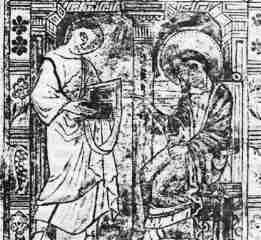
According to Marcion, the god of the Old Testament, whom he called the Demiurge, the creator of the material universe, is a jealous tribal deity of the Jews, whose law represents legalistic reciprocal justice and who punishes mankind for its sins through suffering and death. Contrastingly, the god that Jesus professed is an altogether different being, a universal god of compassion and love who looks upon humanity with benevolence and mercy. Marcion also produced his Antitheses contrasting the Demiurge of the Old Testament with the Heavenly Father of the New Testament.
Marcion held Jesus to be the son of the Heavenly Father but understood the incarnation in a docetic manner, i.e. that Jesus' body was only an imitation of a material body, and consequently denied Jesus' physical and bodily birth, death, and resurrection.
Marcion was the first to introduce an early Christian canon. His canon consisted of only eleven books grouped into two sections: the Evangelikon based on Luke with parts removed that did not agree with his views, and the Apostolikon, a selection of ten epistles of Paul the Apostle (also altered to fit his views), whom Marcion considered the correct interpreter and transmitter of Jesus' teachings. The gospel used by Marcion does not contain elements relating to Jesus' birth and childhood, although it does contain some elements of Judaism, and material challenging Marcion's ditheism.
Gnosticism
Marcion is sometimes described as a Gnostic philosopher. In some essential respects, Marcion proposed ideas which would have aligned well with Gnostic thought. Like the Gnostics, he argued that Jesus was essentially a divine spirit appearing to human beings in the shape of a human form, and not someone in a true physical body.
However, Marcionism conceptualizes God in a way which cannot be reconciled with broader Gnostic thought. For Gnostics, some human beings are born with a small piece of God's soul lodged within his/her spirit (akin to the notion of a Divine Spark). God is thus intimately connected to and part of his creation. Salvation lies in turning away from the physical world (which Gnostics regard as an illusion) and embracing the God-like qualities within yourself. Marcion, by contrast, held that the Heavenly Father (the father of Jesus Christ) was an utterly alien god; he had no part in making the world, nor any connection with it.
Legacy
In hindsight, Marcion is seen as one of the first heresiarchs for his deviations from what would become the orthodox positions of the main authorities in the Catholic church. The suppression of the Marcionist form of Christianity is thus viewed as a catalyst for the development of the New Testament canon, the establishment of a centralised church law, and the structuring of the Church.
The church centred on the Marcionist interpretation of the Christian gospel expanded greatly within Marcion's lifetime, became a rival to the orthodox Christian church and retained its following for several centuries. It survived Christian controversy, and imperial disapproval, for several centuries more.
Marcion proposed and delineated a canon (a list of officially sanctioned religious works). This prompted the orthodox part of the church to form a separate official canon of books that had been recognized as divinely inspired and authoritative. Christians began to divide texts into those that aligned with the "measuring stick" (Greek kanōn literally means "measuring stick") as being apostolic, authoritative, Christian writings (the works of the Old and New Testaments as we know them today), those that were rejected as heretical or pseudonymous, and those that were accepted but not seen as canon or read in public gatherings (the Apocrypha, e.g., The Shepherd of Hermas). Therefore, Marcion played a role in finalising the structure and contents of the collection of works now called the New Testament.
